Medical Marijuana for Epilepsy
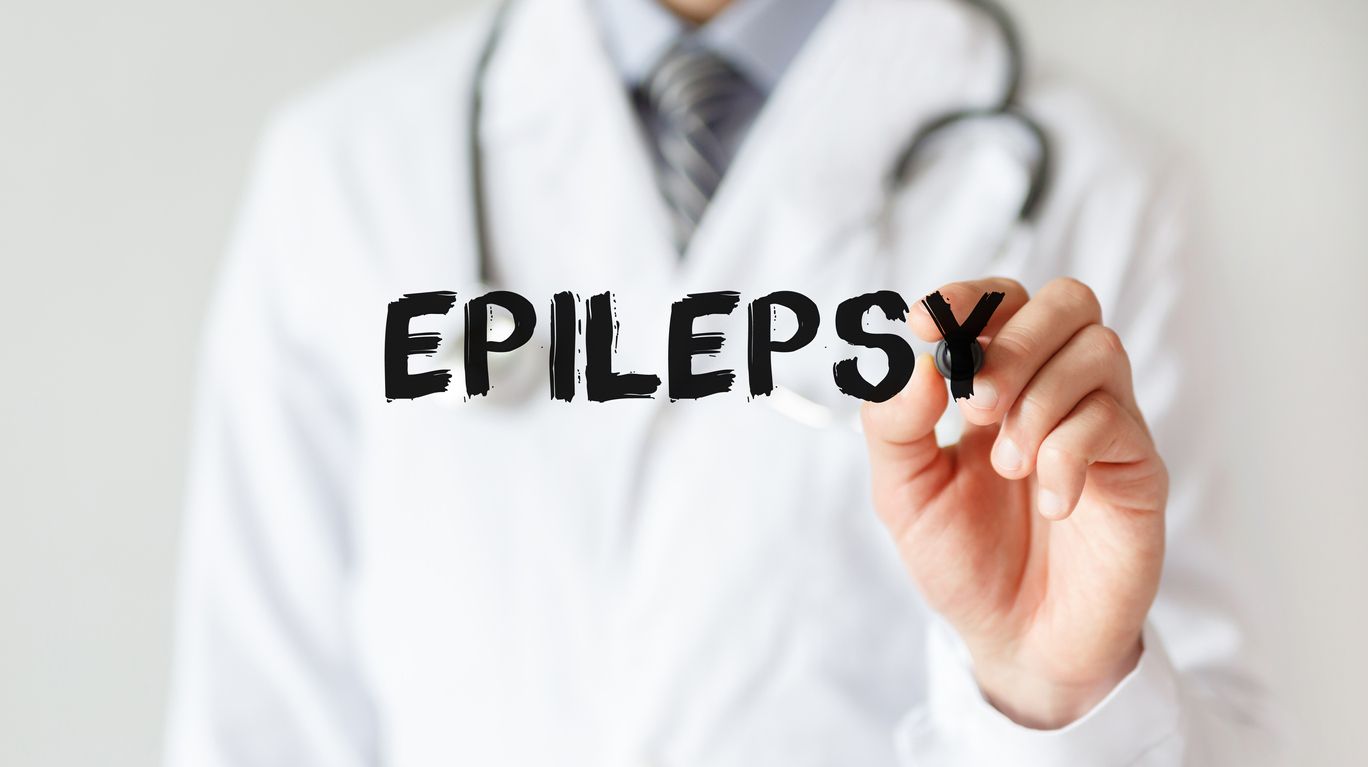
The study of marijuana and its effectiveness for the treatment of epilepsy and many other neurological conditions is ongoing, and a hotly discussed medical subject. However, despite the current debate, medical marijuana remains a widely used and helpful treatment aid for Epilepsy, particularly when it's used alongside traditional medications.
What is epilepsy?
Epilepsy is one of the most common neurological conditions that can impact people of all ages. It is often defined as recurrent seizures that can happen due to an unexpected jolt of electricity in the brain. A disruption in the messaging between the brain cells is occurring when this happens, which can produce violent shakes and uncontrollable movements within the body. Epilepsy is a condition one has to live with for a lifetime, but it can be controlled by anti-epileptic medications that, although helpful, can produce some unwanted side-effects.
What is medical marijuana?
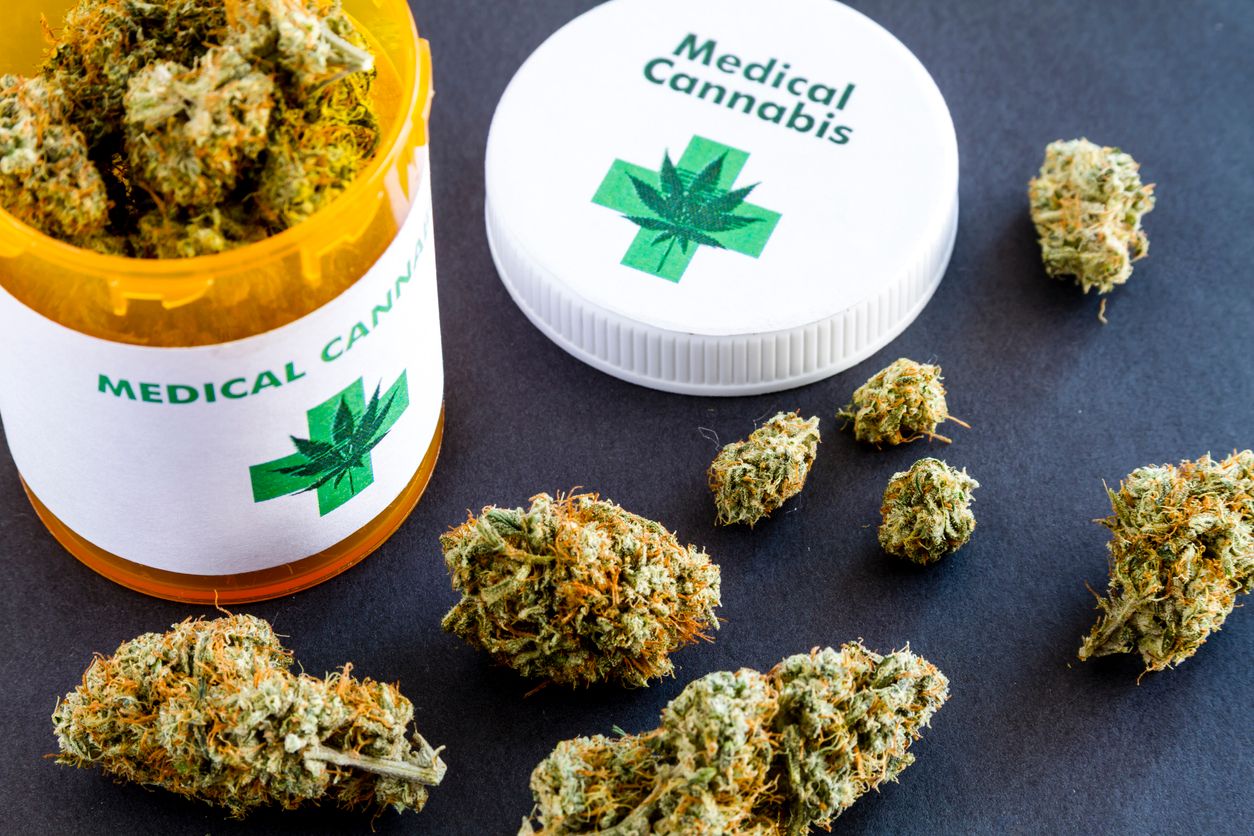
Medical marijuana is a term and label that is granted to cannabis strains that have proven to be effective at treating some medical conditions. Many consumers assume that medical cannabis products are made using a special breed of plant. However, the truth is that most recreational weed strains can also be medicinal. Whether or not they get that name, depends on the cannabinoids and terpenes that are produced by the plants once mature, and how well they have been clinically tested by the medical community.
Research on medical marijuana for Epilepsy
Studies have shown that cannabis can help with controlling seizures without unwanted side-effects. Cannabidiol (CBD) is one of the more common compounds found in marijuana; it is a very beneficial agent and can help to control the severity of epileptic symptoms.
Lennox-Gastaut syndrome (LGS) and Dravet syndrome (DS) are severe types of epilepsy syndrome, which both surfaces most often in early childhood. Currently, ongoing studies in the US are being conducted on the drug Epidolex for the treatment of epilepsy. This drug is derived from CBD and is primarily an oil-based extract.
Current studies have proven positive with the use of Epidolex, showing seizures decreasing by 54% on the average. These results were consistent with people who were unresponsive to other treatments.
Other studies published by the Journal of Epilepsy Research, suggest that for these two types of childhood epilepsy syndromes, CBD can be beneficial. This is the first time that evidence has proven that CBD can improve seizure control for these specific syndromes.
Medical marijuana vs other prescription medications
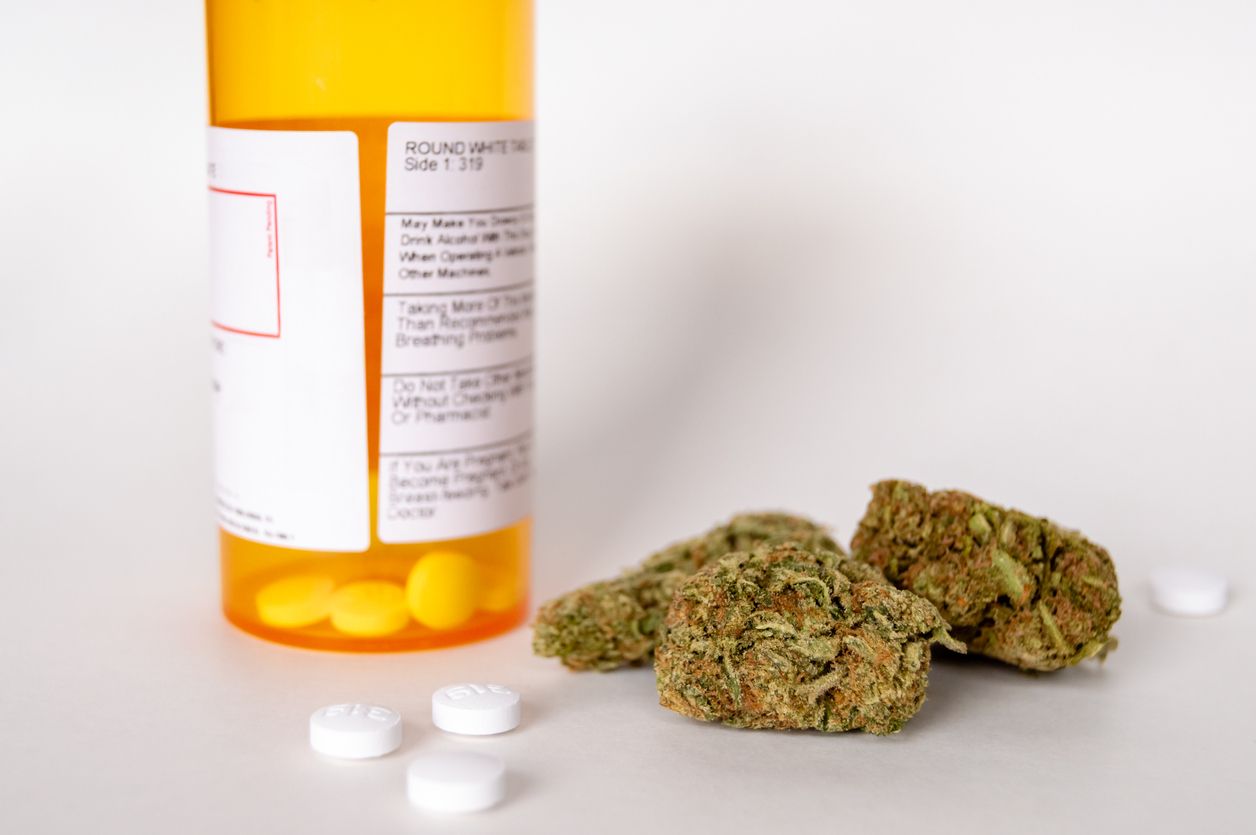
Pharmaceutical side effects
Anti-seizure medications have long been the only treatment option for millions of sufferers worldwide, but these prescriptions come with a wide range of adverse effects, especially after long term use. Some of the most commonly prescribed medicine options, like Carbamazepine, phenytoin and Topiramate come with a long list to look out for:
- · Fatigue
- · Dizziness
- · Weight gain
- · Skin rashes
- · Mood changes
- · Problems with coordination
- · Speech issues
Medical marijuana side effects
There are some possible side effects that can occur when using medical marijuana for epilepsy, but they are short term and easily controlled by lowering dosage and following recommended consumption guidelines, including avoiding taking products right before going to sleep.
- Sleepiness
- Nausea
- Increase in appetite
- Insomnia
- Diarrhea
- Interference with other medications
Benefits of medical marijuana for epilepsy
The benefits that might be obtainable with this kind of treatment depend on a variety of factors including the strain used, the severity of symptoms, tolerance level and more, but these are the established benefits that medical marijuana can offer people with Epilepsy:
- Reduction in the number of seizures
- A decrease in the frequency of seizures
- Increased appetite
- Less stress
- Treats depression and anxiety
- Better quality of sleep
- Pain management from muscle aches or strains
- Decrease the needed dose of pharmaceutical medications
THC vs CBD
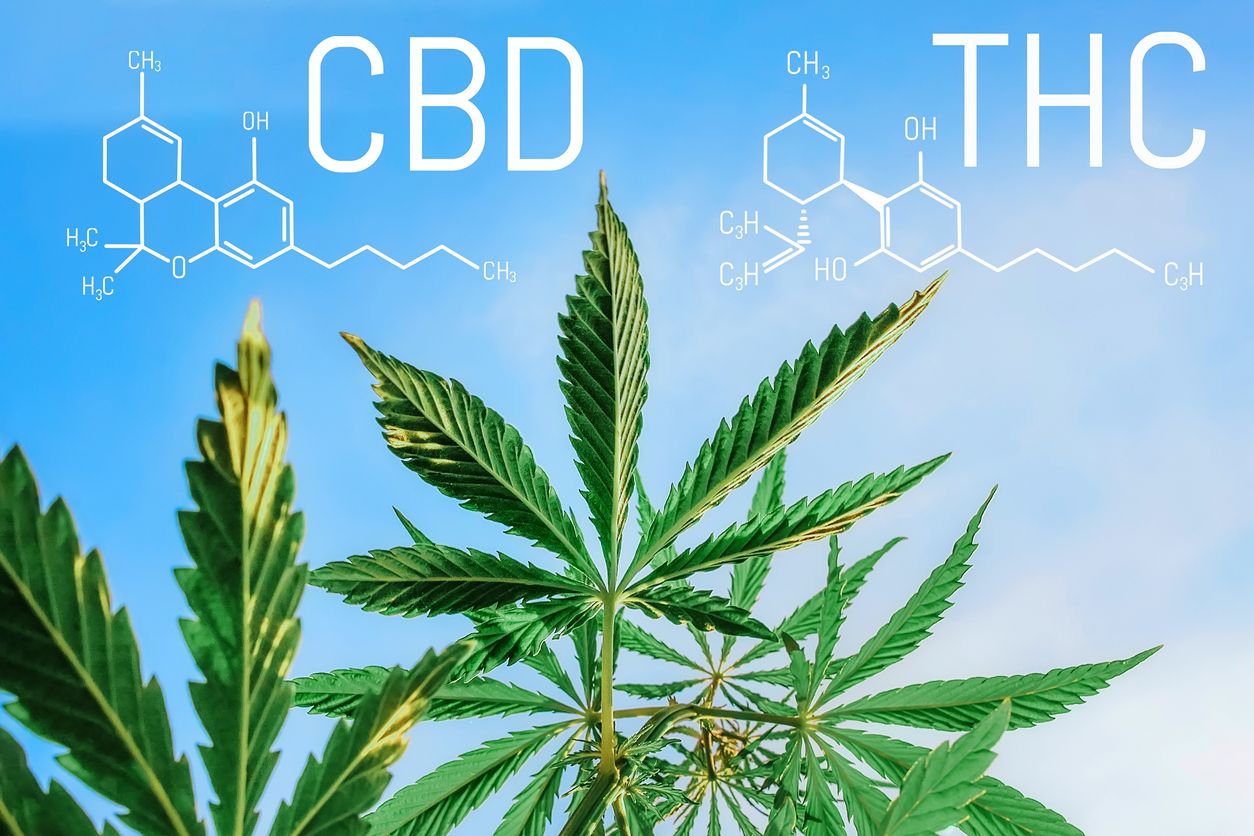
Both of these primary cannabinoids can be of use in treatment for epilepsy symptoms, but each one offers a unique experience. To decide which one or what kind of combination of these elements to use, it is important to distinguish the differences between them. Often a fair combination of both compounds is best for the most effective treatment.
THC (Tetrahydrocannabinol)
THC is the euphoria-inducing element that can lead to impaired motor function and a groggy high. Despite those unfortunate side effects, it can instantly help to relieve pain from an injury, reduce stress and induce a healthy appetite. It can also help the consumer to sleep better at night, by lulling them off into a sleep that is difficult to wake from.
CBD Cannabidiol
CBD is non-psychoactive and does not produce the same instant effects as THC, but for Epilepsy it is considered to be the most powerful tool to avoiding seizure activity that has yet to occur, by reducing inflammation which places pressure on the nerves, thereby interfering with essential internal communication lines within the body.
How it works
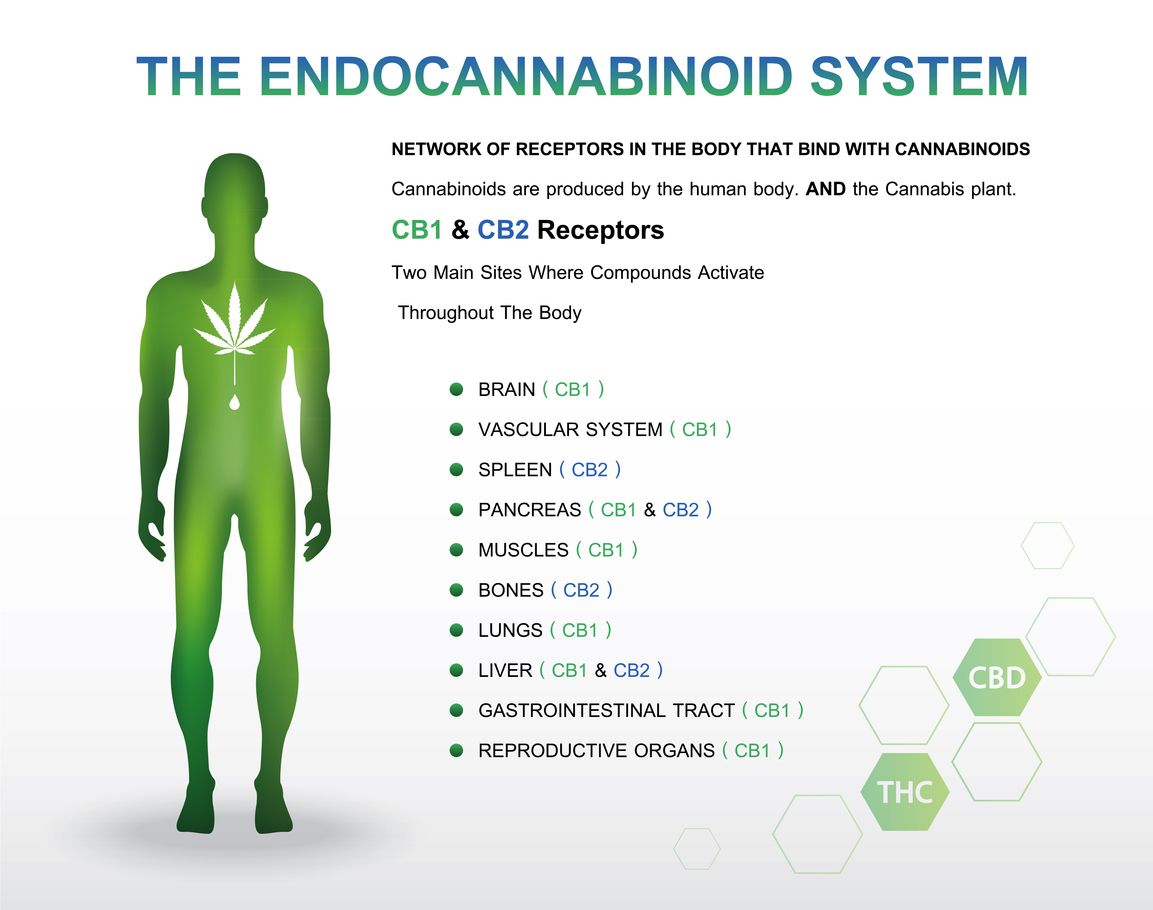
All of these benefits work together to provide an intense level of relief from many of the most common symptoms of epilepsy, but it is believed to be the power of CBD that makes the concoction so incredibly effective. As the element CBD is absorbed into the bloodstream, it interacts with the endocannabinoid system, which is located primarily in the brain and immune system.
When the CBD is absorbed by the CB1 and CB2 receptors, it triggers a release of naturally produces hormones and chemicals which help to speed up healing and regulate normal bodily functions like appetite and pain, but that’s not all. The most significant change occurs after the release of chemicals as inflammation is reduced, which is believed to be the root cause of seizure activity in patients with Epilepsy.
FDA approved CBD medicine
The US Food & Drug Administration, also known as the (FDA), has approved the use of Epidolex. This is the oral CBD solution for the treatment of these two particular epileptic syndromes, and the requirements mandated that the patient be over 2 years of age. It is essential to be careful with the dosing with this medicine as small doses will not be an effective treatment. High dose of at least 10-20mg/kg is needed for the positive effects that CBD can produce for these two particular syndromes.
How to get a medical marijuana card for epilepsy
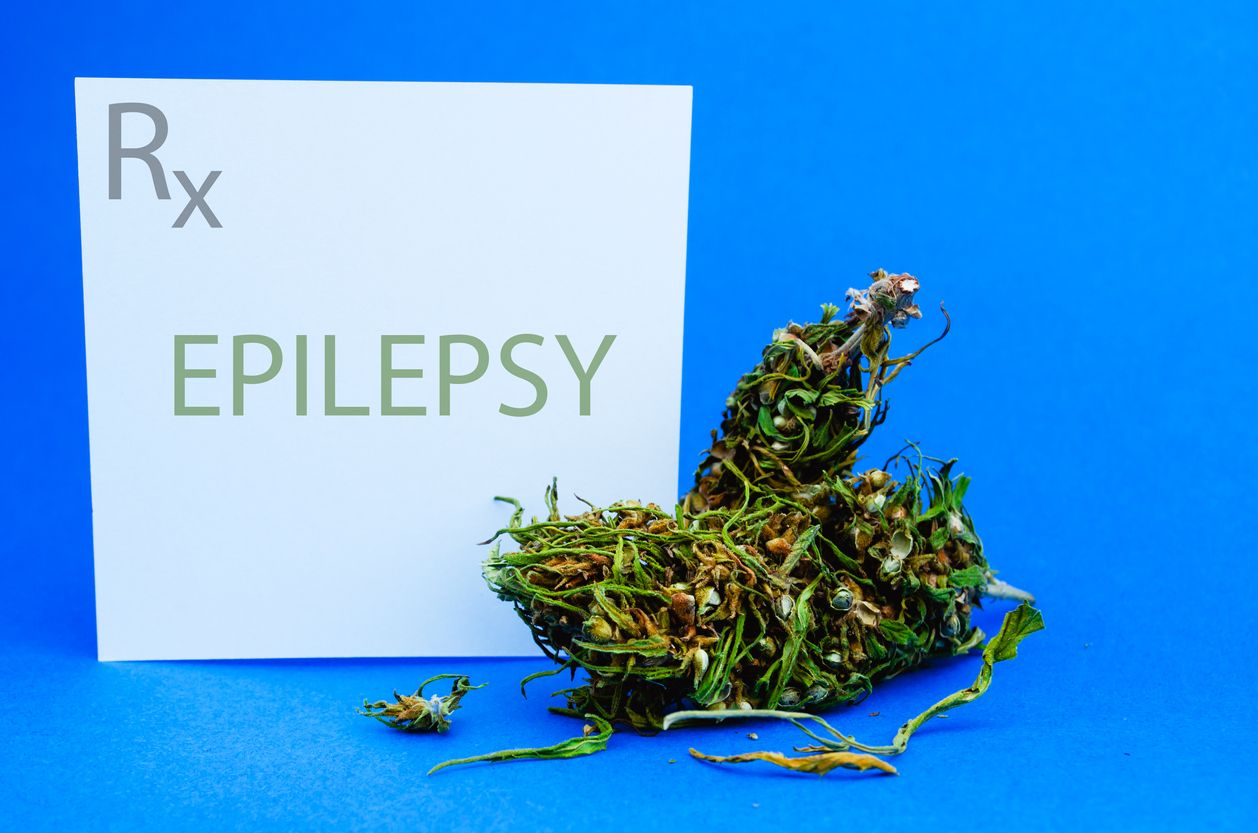
As long as you reside in a legal region that offers a medical marijuana program, the process should be simple and at a low cost. Often completing a simple application form with the assistance of a healthcare provider alongside proof of illness is all that is necessary to obtain a medical marijuana card for special access to patient-only dispensaries.
Cannabis strains that can help to relieve the symptoms of Epilepsy
Marijuana comes in many different strains, so if you choose to self-medicate, be wise and elicit the aid of a cannabis educated healthcare professional. The many different strains of marijuana produce different medical results, so it is important that you find the right one to suit your needs. These medical marijuana strains are clinically proven to be effective at reducing the severity and frequency of seizures in epileptic patients:
1. Charlotte’s Web
Contains an average of 0.3% THC and very high levels of CBD. It is perfect for treating children due to the low THC content and no risk of "high" experience. This strain produces a calming body high without any mental side effects.
2. Green Crack
Perfect for daytime use and the prevention of epileptic occurrences; the experience of sharp focus and energetic head-high helps to improve mental focus.
3. Cannatonic
This strain effectively treats seizures and epilepsy. The low THC content, which seldom crosses 6% along with the very high CBD content measuring 6% to 17% delivers a less cloudy experience. The intense numbing and warm sensations flow over the body. This is an excellent strain, perfect for daytime use as it will not leave you tired or sleepy.
4. White Widow
Originating from the Netherlands, this is a well-known strain for relaxing and controlling epileptic episodes, and the terpenes in White Widow are also effective in treating epilepsy.
5. Grape Ape
This is a well-used medicinal strain of cannabis that is utilized for its full-body relaxation and calming effects. Grape Ape produces calming chilled out effects beneficial for those living with epilepsy, and the high THC content 15% to 23% may deliver a couch-lock experience.


